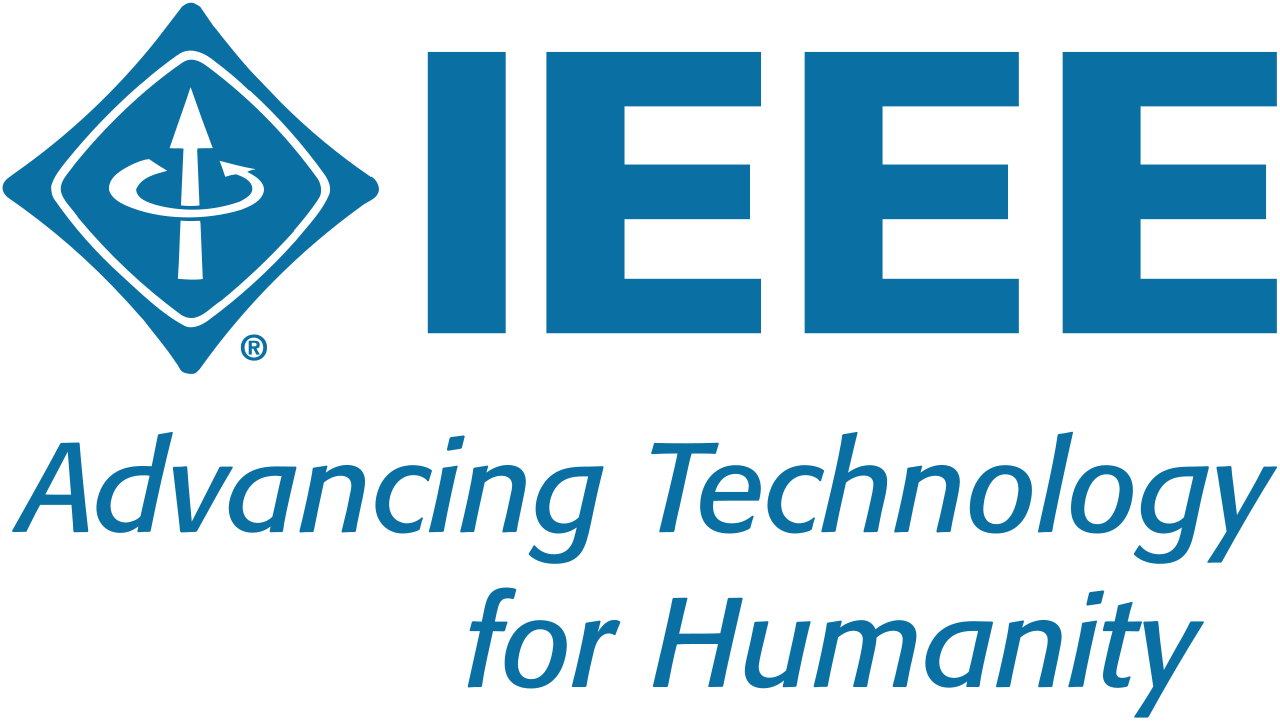Classification of Organizational Data Using the K-Means Algorithm
Abstract
Keywords
References
Kementrian Sekretaris Negara, UNDANG-UNDANG REPUBLIK INDONESIA NOMOR 12 TAHUN 2012 TENTANG PENDIDIKAN TINGGI,†Sekretaris Negara, vol. 5, no. 1. Jakarta, pp. 18, 2012.
K. Kosasih, Peranan Organisasi Kemahasiswaan Dalam Pengembangan Civic Skills Maha- siswa,†J. Pendidik. Ilmu Sos., vol. 25, no. 2, p. 188, 2017, doi: 10.17509/jpis.v25i2.6196.
B. Basri and N. R. Dwiningrum, Peran Ormawa dalam Membentuk Nilai-nilai Karakter di Dunia Industri (Studi Organisasi Kemahasiswaan di Politeknik Negeri Balikpapan),†Al- Adabiya J. Kebud. dan Keagamaan, vol. 15, no. 01, pp. 139160, 2020, doi: 10.37680/ad- abiya.v15i01.273.
N. Agustina and P. Prihandoko, Perbandingan Algoritma K-Means dengan Fuzzy C-Means Untuk Clustering Tingkat Kedisiplinan Kinerja Karyawan,†J. RESTI (Rekayasa Sist. dan Teknol. Informasi), vol. 2, no. 3, pp. 621626, 2018, doi: 10.29207/resti.v2i3.492.
D. Sunia, Kurniabudi, and P. Alam Jusia, Penerapan Data Mining Untuk Clustering Data Penduduk Miskin Menggunakan Algoritma K-Means,†J. Ilm. Mhs. Tek. Inform., vol. 1, no. 2, pp. 121134, 2019.
H. Sy, Rismayani, and A. Syam, Data Mining Menggunakan Algoritma K-Means Pengelom- pokan Penyebaran Diare di Kota Makassar,†SISITI Semin. Ilm. Sist. Inf. dan Teknol. Inf., vol. 8, no. 1, pp. 7382, 2019.
S. N. B. S. H. W. S. Kusnasari, Pengelompokan Prestasi Siswa Menggunakan Algoritma K- Means,†Pap. Knowl. . Towar. a Media Hist. Doc., vol. 1, pp. 8286, 2014, [Online]. Available: https://o js.trigunadharma.ac.id/index.php/jsi/article/download/4784/320.
A. M. Fadhilah, M. I. Wahyuddin, and D. Hidayatullah, Analisis Faktor yang Mempengaruhi Perokok Beralih ke Produk Alternatif Tembakau (VAPE) menggunakan Metode K-Means Clustering,†J. JTIK (Jurnal Teknol. Inf. dan Komunikasi), vol. 5, no. 2, p. 219, 2020, doi: 10.35870/jtik.v5i2.182.
A. K. Wardhani, K-Means Algorithm Implementation for Clustering of Patients Disease in Kajen Clinic of Pekalongan,†J. Transform., vol. 14, no. 1, p. 30, 2016, doi: 10.26623/trans- formatika.v14i1.387.
Asahar Johar, IMPLEMENTASI ALGORITME HARD K- MEANS CLUSTERING DALAM PENENTUAN MASA PENSIUN,†vol. 7, no. 2, pp. 179186, 2019.
R.Setiawan, Penerapan Data Mining Menggunakan Algoritma K-Means Clustering Untuk Menentukan Strategi Promosi Mahasiswa Baru (Studi Kasus: Politeknik Lp3i Jakarta ), †J. Lentera Ict, vol. 3, no. 1, pp. 7692, 2016.
N. Noviyanto, Penerapan Data Mining dalam Mengelompokkan Jumlah Kematian Penderita COVID-19 Berdasarkan Negara di Benua Asia,†Paradig. - J. Komput. dan Inform., vol. 22, no. 2, pp. 183188, 2020, doi: 10.31294/p.v22i2.8808.
Susanto, Sani, and D. Suryadi, Pengantar Data mining menggali pengetahuan dari bongkahan data. Yogyakarta: Andi, 2010.
Y. D. Darmi and A. Setiawan, Penerapan Metode Clustering K-Means Dalam Pengelom- pokan Penjualan Produk,†J. Media Infotama, vol. 12, no. 2, pp. 148157, 2017, doi: 10.37676/jmi.v12i2.418.
S. Haryati, A. Sudarsono, and E. Suryana, Implementasi Data Mining Untuk Memprediksi Masa Studi Mahasiswa Menggunakan Algoritma C4.5 (Studi Kasus: Universitas Dehasen Bengkulu),†J. Media Infotama, vol. 11, no. 2, pp. 130138, 2015.
M. L. Sibuea and A. Safta, Pemetaan Siswa Berprestasi Menggunakan Metode K-Means Clustring,†Jurteksi, vol. 4, no. 1, pp. 8592, 2017, doi: 10.33330/jurteksi.v4i1.28.
H. Annuril Chusna and A. Tuti Rumiati, Penerapan Metode K-Means dan Fuzzy C-Means untuk Pengelompokan Sekolah Menengah Pertama (SMP) di Indonesia Berdasarkan Standar Nasional Pendidikan (SNP),†vol. 9, no. 2, pp. 216223, 2020.
DOI: 10.33751/komputasi.v19i2.5676
 Abstract views : 485
Abstract views : 485
Refbacks
- There are currently no refbacks.

This work is licensed under a Creative Commons Attribution 4.0 International License.









